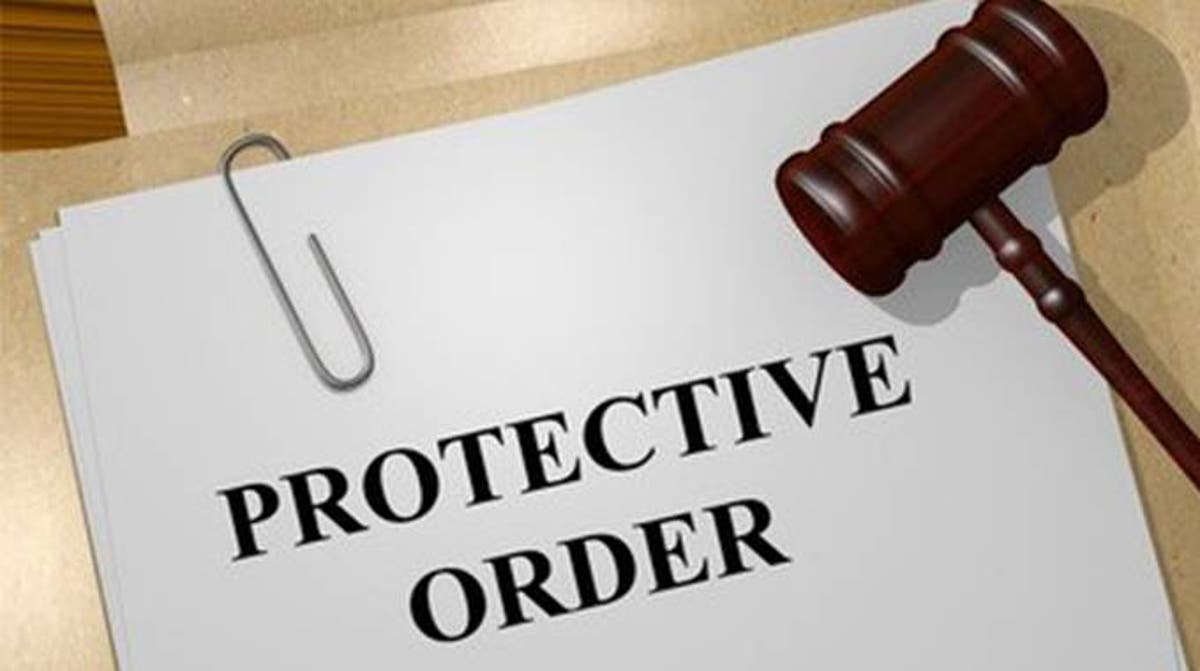
By Rinse Nyamuda
OCCASIONALLY, we come face-to-face with abusive or violent behaviour of some sort in our daily interactions.
In trying to avoid the emotionally or physically adverse consequences which may be associated with this abusive or violent behaviour, we engage the police for protection.
The police, based on the form of abusive or violent behaviour, may either arrest the culprit or advise the complainant to seek protection through the courts.
There is no doubt that in seeking the desired protection, a protection order or peace order comes to mind.
This article will briefly define and highlight the major differences between a protection order and a peace order.
Protection order
A protection order is issued by the courts under section 10 of the Domestic Violence Act.
- Chamisa under fire over US$120K donation
- Mavhunga puts DeMbare into Chibuku quarterfinals
- Pension funds bet on Cabora Bassa oilfields
- Councils defy govt fire tender directive
Keep Reading
For a protection order to be issued, the complainant or the person complaining of the alleged abusive behaviour must be in a domestic relationship with the alleged abuser or respondent who is supposed to respond to the allegations. Examples of domestic relationships where abusive behavioural claims may be alleged are relationships where:
The complainant may be a current, former or estranged spouse of the respondent; or
The complainant may be a child of the respondent, whether born in or out of wedlock and includes an adopted child and step-child; or
The complainant may be any person who has been living with the respondent, whether related to the respondent or not; or
The complainant may be any person who—
- Co-habits with the respondent; or
- Is or has been in an intimate relationship with the respondent.
In issuing a protection order, an alleged abuse which qualifies as an act of domestic violence must have been committed by the respondent against the complainant.
The respondent and the complainant must be living or have lived together.
It is important to note that a co-tenant can apply for a protection order against the other co-tenant or the tenant against the landlord if they are living or have lived together at the same premises.
Peace order
A peace order is issued by the courts under section 388 of the Criminal Procedure and Evidence Act.
Regarding this section, the complaint must be made on oath to a magistrate.
The complaint must show that the person being accused is conducting himself or herself violently towards the complainant or is threatening injury to the person or property of another or has used language or behaved in a manner likely to provoke a breach of peace, whether in a public or private place.
In light of the above, a peace order is issued where any person, regardless of their relationship, conducts himself or herself violently or threatens injury to another person.
The violent behaviour or threat is not limited to persons only, it extends to property of another person.
A peace order may also be issued if the language used by the accused person is likely to provoke a breach of peace for another person and it extends to any abusive behaviour within the public space.
On the other hand, a protection order is limited to abusive behaviour within the domestic setting or environment.
Therefore, any person can apply for a peace order against anyone who is violent towards him or her or whose behaviour is perceived to be a threat to his or her peace or property.
In both instances where a protection order or peace order is issued, the purpose served is the same.
It serves to keep the peace between the complainant and the alleged abuser.
Interestingly, the phrase “peace order” does not exist in both the Domestic Violence Act and the Criminal Procedure and Evidence Act.
It appears these two phrases “peace order“ and “protection order” may be used interchangeably without any cognisance of their difference.
- Rinse Nyamuda is a Harare-based registered lawyer and writes in his personal capacity. The views expressed in this article are for general information purposes only and do not constitute legal professional advice.











